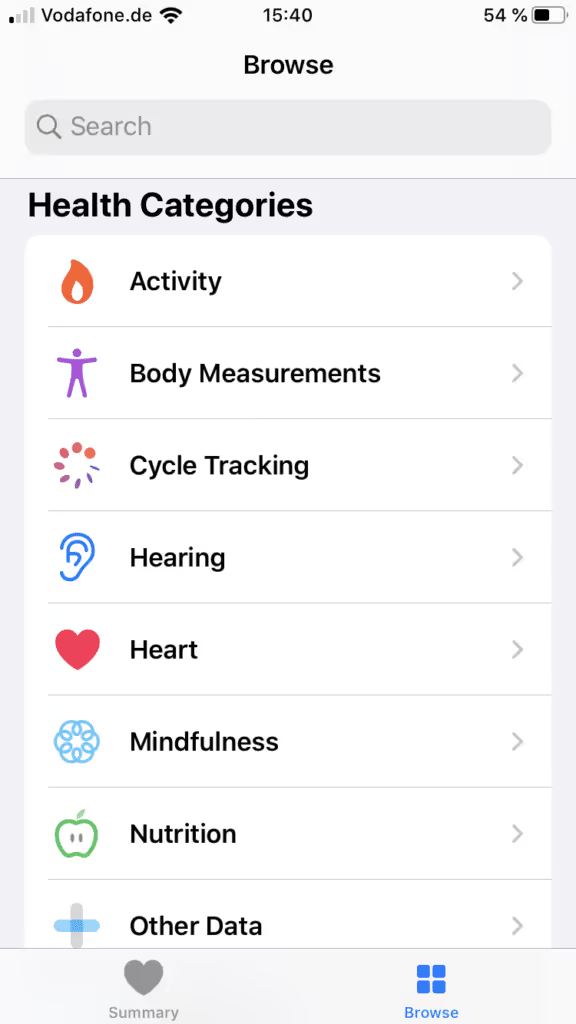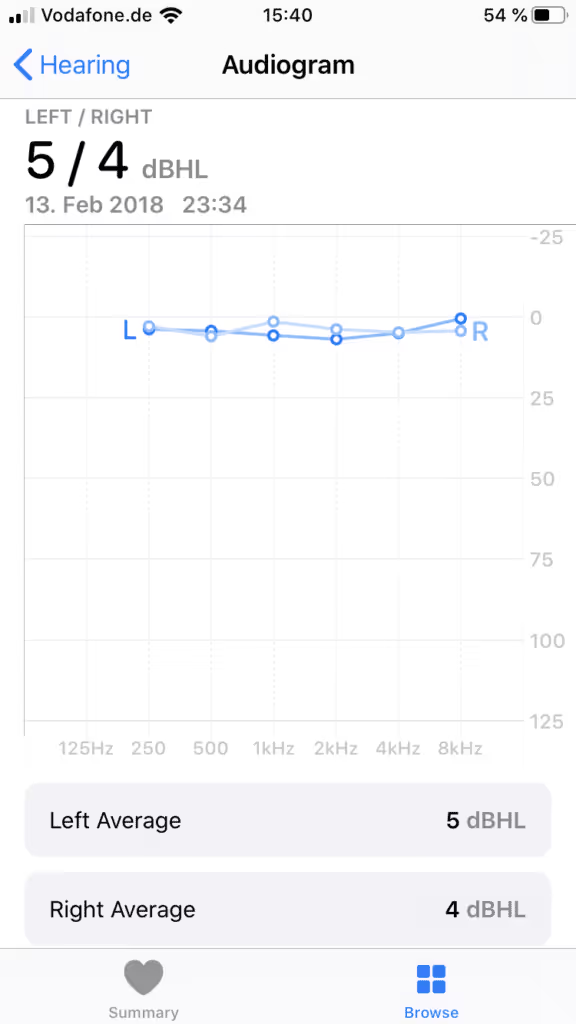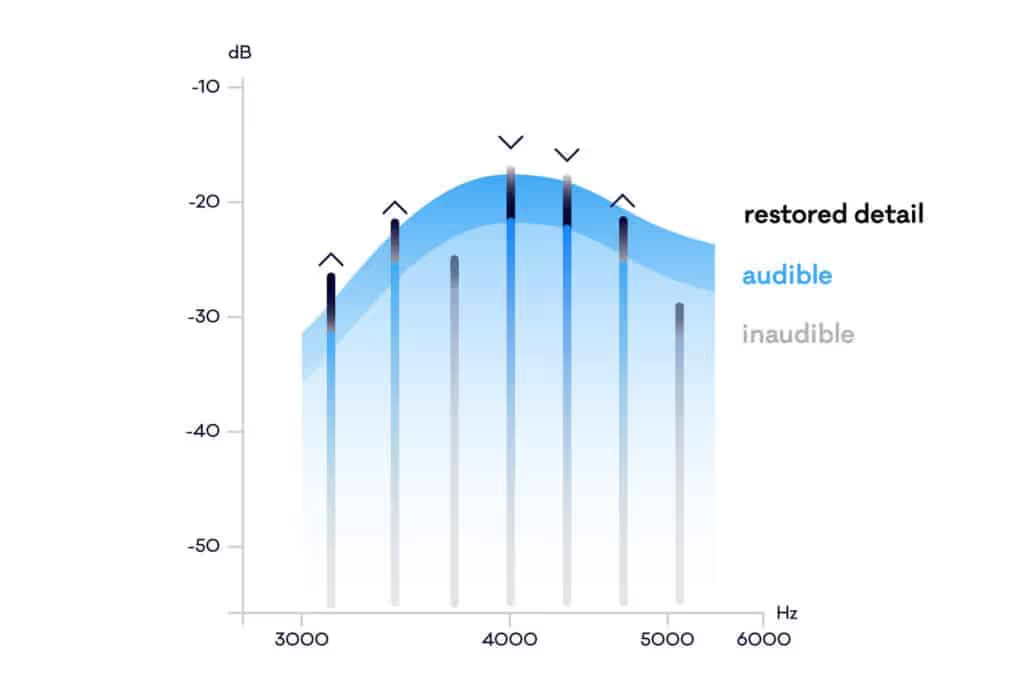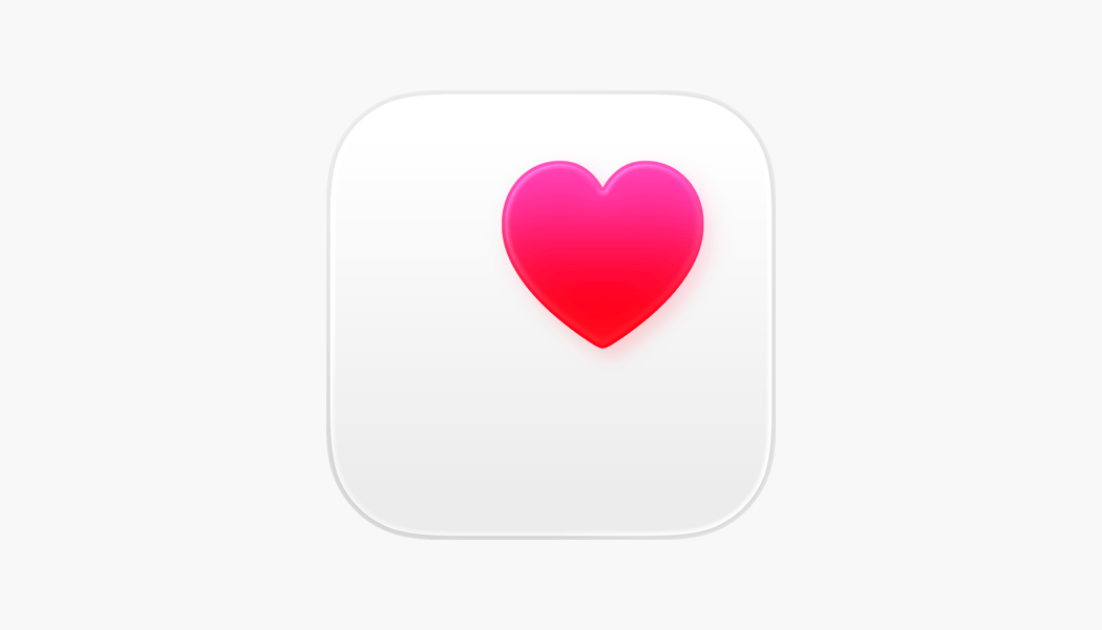We have grown accustomed to tracking our heart rate, the steps we take, the miles we run and our sleep cycle. As from today, with Apple’s release of their new Health suite for iOS 13, we’ll now get insights into our hearing and how to look after it, next to our other health trackers by integrating our data from the Mimi Hearing Test. Under ‘Profile’ in the Mimi Hearing Test app, just tap ‘Connect to Health’, and you’re on your way. With the integration, we can raise broader awareness of an issue that affects millions of people around the world every day. We hope that, through this, checking our hearing will become as common sense as brushing our teeth.


Why Hearing Health Matters
Most of us use headphones and listen to audio devices, to the point that we often exceed what is deemed to be ‘healthy listening’. Due to heavy noise exposure and today’s always-on mentality, our ears barely have time to rest. We use our hearing for listening to music, watching movies, but maybe most importantly, for our social interactions. We would argue hearing is the most social sense.
We all hear differently. And hearing is a growing concern. Still, as much as hearing is a given for most of us, this isn’t the case for everyone. According to the WHO, over 466 million people worldwide have disabling hearing loss, which is over 6,5% of the world’s population. If we take into account the broader definition of hearing loss, it becomes apparent that this is only a part of the picture. Disabling hearing loss means that a person has hearing loss in both ears, with the better ear having at least 40dB of loss on one of the core frequencies (500, 1000, 2000, 4000Hz). This is classified as moderate hearing loss. A significant proportion of people are also affected by slight and mild hearing loss, bringing the proportion of the adult population with some form of hearing loss to 55%*. But this is very much not just an age-related issue and Mimi’s data, gathered from the test profiles of over 1.5 million people across the globe, shows that hearing loss is an issue affecting more people than often realized. With over-exposure to noise pollution and increasingly dangerous levels of listening, our latest research shows that while our hearing naturally degrades with age, a sizable proportion of younger people are also affected by hearing loss.

Why Mimi is the obvious choice for Apple Health
When it comes to knowing how we hear, Mimi knows more than most. Since launch, Mimi has enabled over 1.5 million users globally to test their hearing through our hearing test apps. Through this, we have created the world’s largest database of digital hearing profiles and insights into the world’s hearing trends. And Mimi has been pioneering hearing test technology for some time. In Europe, our iOS and Android hearing test apps are certified as medical devices (CE, class 1) and globally they are the most-used mobile hearing test. As a deep tech company with an in-house team of hearing scientists, Mimi also continues to innovate within the hearing testing field, from designing new & intuitive test interfaces, to developing ground-breaking tests that probe how people hear in a real-world setting, beyond standard measures. All of this is undertaken with the ambition of building the most comprehensive hearing testing suite available. So, it’s not a coincidence that Mimi now can be integrated into Apple Health, and it’s not a coincidence that hearing is recognized as equally important as our heart rate, sleep cycle, and our other everyday health indicators.
Mimi goes further than just testing your hearing
Once we know how well you can hear we’re able to help your devices adapt the audio they play for your hearing ability. The data we have gathered from the Mimi Hearing Test has allowed us to develop our proprietary processing technology, which is the result of years of hearing science research. Developed as a hearing technology for music lovers, Mimi integrates directly into the source and uses unique, non-linear processing to tailor the audio output to the listener’s unique hearing profile. While Mimi is beneficial for listeners with less than perfect hearing, it is not a hearing aid. If a hearing aid is a pair of glasses for your ears, then Mimi is a screen displaying an image containing your prescription. Mimi focuses on optimizing the audio you are listening to, rather than amplifying every sound you are exposed to.

Mimi is designed around the complex functions of the ear. By helping the inner ear pass on more information to the brain, music becomes more enjoyable, while speech becomes more enjoyable, while speech becomes more intelligible. Audio is more comfortable to listen to.
One issue that people with hearing impairment often face is distinguishing details within complex soundscapes, or for instance, listening to speech within a noisy background. This is known as masking, with certain audio signals being masked by other signals.
In all the places you listen
Mimi works with innovative technology partners to integrate its technology directly into the source. From headphones and televisions to smartphones and in-flight entertainment systems, Mimi has designed its technology to work across multiple listening environments so you can enjoy personalized audio wherever you listen.

Everyone’s hearing is individual and highly complex
Mimi’s hearing ID is a unique representation of a user’s hearing ability and how it changes over time. Create a hearing ID and you can seamlessly switch between any device enabled with Mimi, personalizing your audio anytime, anywhere, to your unique hearing ability.
At Mimi our mission is a world where hearing is no longer a barrier to connect to others and to enjoy life. Mimi is on its way to achieving this by working with the most innovative partners to integrate our award-winning listening technology into the audio sources we use every day. Together pioneering a radical shift away from a ‘one sound fits all-world’ to a tailored world, where audio personalized for an individual’s hearing is as natural as wearing glasses.
